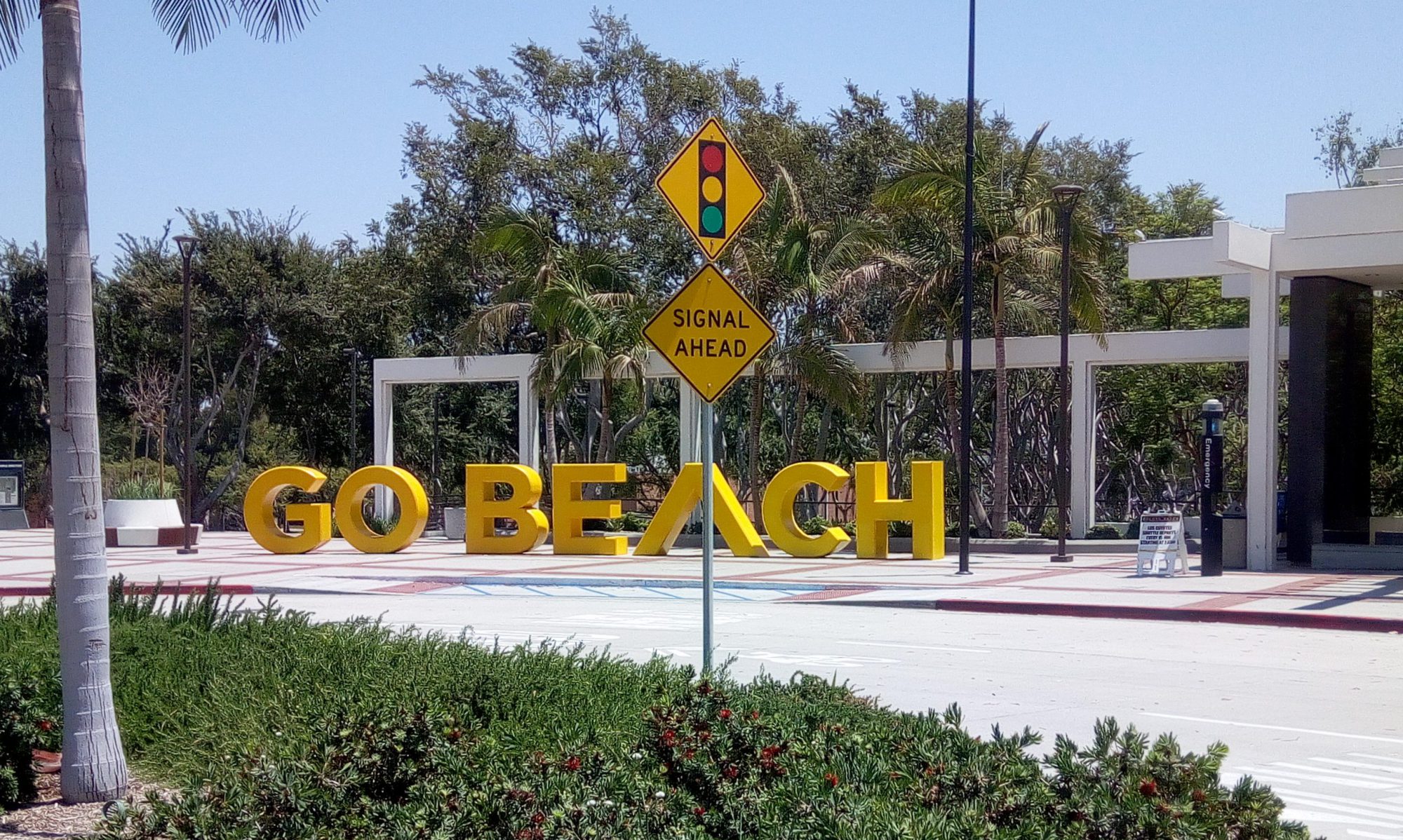A “Drag-and-Drop” Process?
For this week’s assignment, I am to have created a header and create a home page. For the header part, I already had the “site title” and “tagline” (Ronald Seam and Ronald’s Random Rants, respectively) as the result of using a child theme of WordPress’ Twenty-Seventeen.
Although I was happy with the theme’s default header image, I thought for the sake of further learning and experiencing in WordPress that I would upload my own image. I would of like to have taken a picture of my local community college’s campus (LBCC) or a scenic picture of some place in Long Beach, but we are still in lock-down at the moment. The picture I have right now will have to do until I can create another image.
Process was simple enough – in WordPress’ Dashboard (back-end), go to Appearance >> Customize >> Header Media. Click on “Add New Image”…upload a picture, do a little cropping, select, and save the setting…done!
As far as creating a home page, go to Dashboard >> Pages >> Add New. Building the page was utilizing the default block editor that comes on (I think) most WordPress themes nowadays. I believe it’s called “Gutenberg”. Add a heading, an image of myself, a widget for “recent blog post” and I had a home page. Setting my home page as the “home page” for my website was as easy as going into Dashboard, then to Setting >> Reading. It took me to the “Reading Setting” page where I then select “A static page” and set the home page and blog page.
I used the web browser’s “Inspect” function (ctrl+shift+I) to find help me find out what “id” or “class” my header’s navigation menu and home page image was in. Then from the Dashboard, I went to Appearance >> Customize >> Additional CSS (I use to go to the style.css file in my twentyseventeen-child theme folder to make changes) where I added my changes with a little bit of CSS to the header navigation menu and image.
“What did you learn?” What I’ve learn from this assignment is that WordPress, as mentioned in the class lecture last Thursday, can be as simple and as complicated as I make it. This assignment was quite simple that I’m beginning to wonder if I “did the assignment correctly” … which leads to this blog assignment’s next question.
“What’s confusing you about theming?” I might be getting ahead of myself here and perhaps this will be answered in the upcoming class lecture(s), but in class last Thursday we talked about how “WordPress template files are like pieces of a puzzle”. We talked about template files such as:
- index.php
- header.php
- sidebar.php
- singular.php
- footer.php
But when I did this assignment, I didn’t do any “snippet” of code. I was under the assumption of at least having to create a header.php, front-page.php, and/or single.php template in my child theme and pasting a snippet code from WordPress.org reference material. But I didn’t have to do that after all (in addition to not knowing how to).
“Do you have any questions about what we covered?”
My confusion comes from not knowing if I was suppose to already know how to “create and code” template files such as header.php, singular.php, and footer.php into my child theme
and
did I approach this assignment incorrectly because it was a “drag-and-drop”, “Gutenberg” block-based editor process whereas the class lecture last Thursday seemed a little more involved in regards to template files and snippets of coding.
Perhaps I’m getting ahead of myself here in regards to having to know how to create template file(s). I will find out during the next class meeting.
